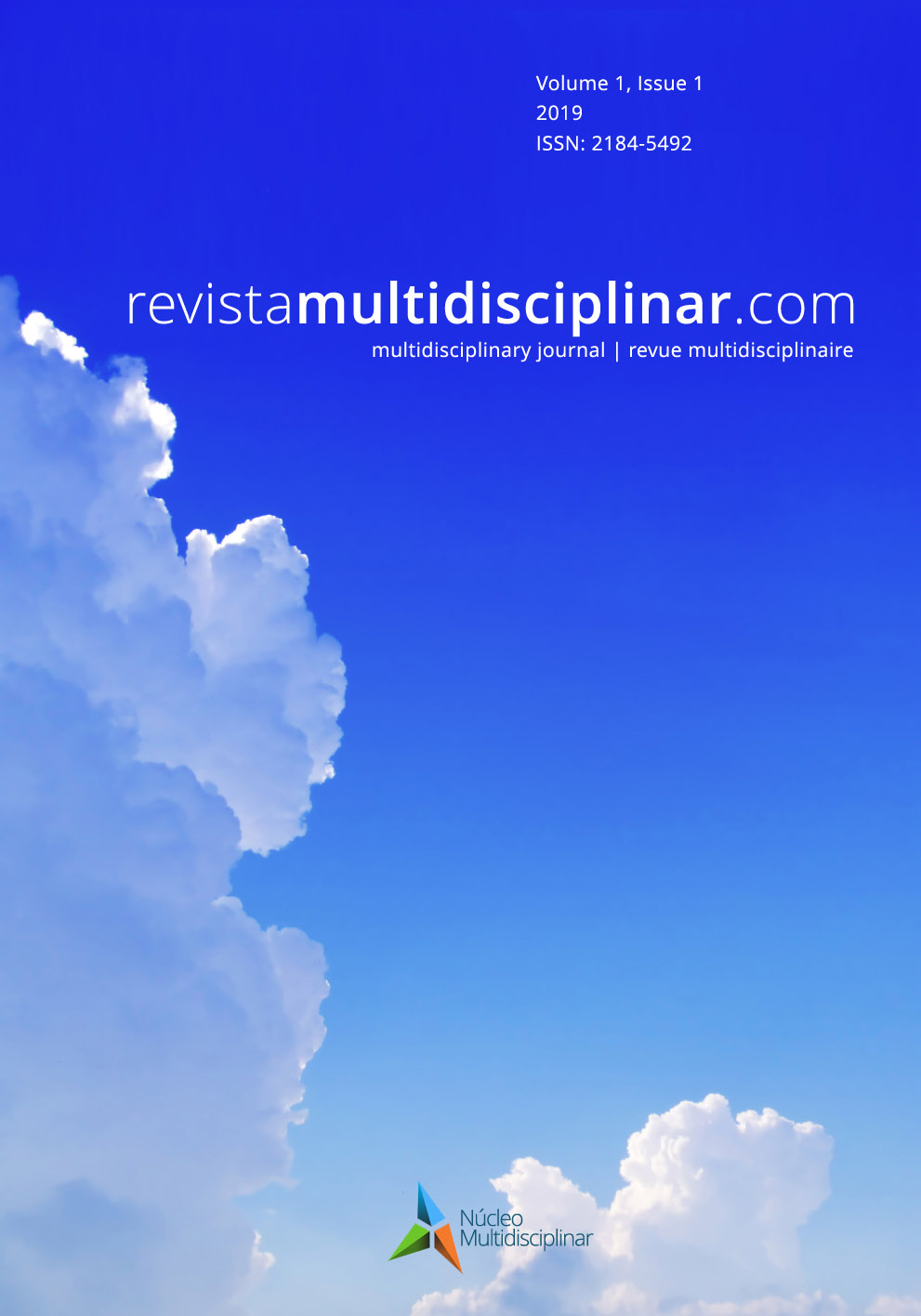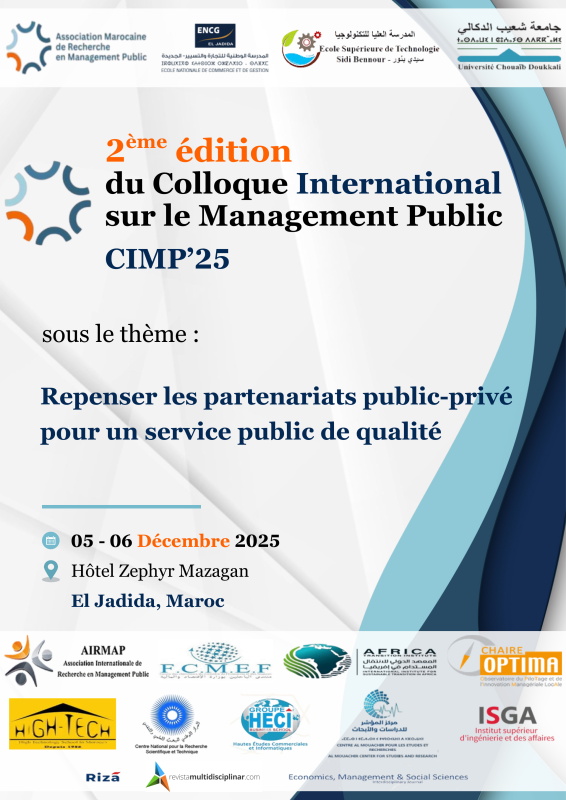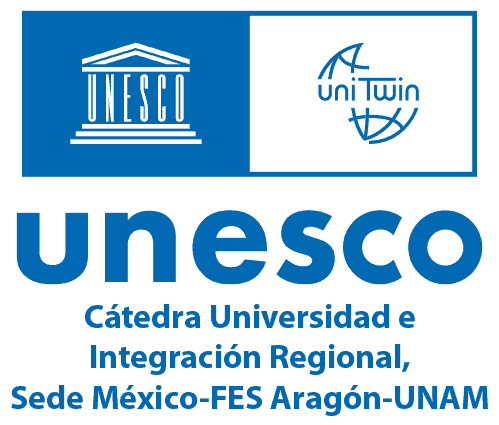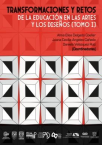Por entre a imagem fixa e em movimento
Imagens espelhadas em Miguel Soares
DOI:
https://doi.org/10.23882/MJ1907Palavras-chave:
espectador, imagem fotográfica, imagem em movimento, imersão, modelação 3DResumo
A exposição LUZAZUL, de Miguel Soares, constitui-se como uma rara oportunidade, dado a diversidade da produção artística presente na obra do autor, para podermos abordar/deslindar um conjunto de problemáticas de carácter, sobretudo, operacionais, mas não só, que envolvem um conjunto de procedimentos, estratégias e objetivos singulares no desenvolvimento do seu singular trabalho artístico. Estamos a falar necessariamente de categorias artísticas, mediuns expressivos, suportes e diversas técnicas que se espelham por entre a imagem fotográfica, a imagem em movimento, bem como também visíveis na utilização de softwares informáticos na manipulação 3D das próprias imagens. De salientar ainda a figura do espetador, outro momento importante no trabalho de Miguel Soares, uma vez que o mesmo (espetador) é parte “itinerante”, antes e depois, dos próprios propósitos e fitos do artista.
Referências
Adorno, T.W. (2003). Sobre a Indústria da Cultura. Coimbra: Angelus Novus.
Arnheim, R. (1982). Arte do Cinema. Lisboa: Edições 70.
Arnheim, R. (1967). Film as Art. London: Faber and Faber.
Aumont, J. (1989). L’oeil interminable. Paris: Séguier.
Aumont, J. (2001). L´ímage. Paris: Nathan.
Barthes, R. (1989). A Câmara Clara. Lisboa: Edições 70.
Bechaman, J. (1998). The Virtual Dimension. New York: Princeton Architectual Press.
Bemjamin, W. (1994). Sobre Arte, Técnica e Linguagem. Lisboa: Relógio d’Água.
Bernard, G. (2000). Le Colonel Langlois. Ville de Boulogne-Billancourt: Bibliothèque Marmottan.
Bolter, J.D., & Guasin, R. (2000). Remediation, Understanding New Media. (3ª ed). Cambrigde: MIT Press.
Bourdieu, P. (Org.) (1965). Un art moyen. Essai sur les usages sociaux de la photographie. Paris: Ed. de Minuit.
Butler, D. (2009). Fantasy Cinema, impossible words on screen. London: Wallflower Press.
Comment, B. (1999). The panorama. Londres: Reaction books.
Ciricione, J., & D`Amato, B. (1992). 2000 Years of virtual reality. New York: Jack Tilton Gallery.
Crary, J. (1990). Modernity and the problem of the observer. London: MIT Press.
Crary, J. (1990). Techniques of the observer on vision and modernity in the Nineteenth Century. London: MIT Press.
Crary, J. (2001). Suspensions of perception, attention, spectacle, and modern culture. Massachusetts: MIT Press.
Crary, J. (1994). The eclipse of spectacle. In Marci Tucker & Brian Wallis (Eds.). Art After Modernism: Rethinking Representation. Boston: David Godine Publischer.
De Oliveira, N., Oeley, N.; & Petry, M. (1996). Installation Art. London: Thames & Hudson.
Deleuze, G. (2004). Imagem-Movimento, o Cinema. Lisboa: Assírio & Alvim.
Didi-Huberman, G. (1990). Devant l’image. Paris: Les Editions de Minuit.
Dubois, P. (1983). O Acto Fotográfico. Lisboa: Editora Vega.
Fried, M. (1990). La Place du Spectateur, Esthétique et origines de la peinture moderne. Paris: Editions Gallimard.
Flusser, V. (1998). Ensaio Sobre A Fotografia: Para uma Filosofia da Técnica. Lisboa: Relógio D’Água.
Foster, H. (1983). The Anti-Aesthetic, Essays on Postmodern Culture. Seatle: Bay Press.
Gere, C. (2002). Digital Culture. London: Reaktion Books Ltd.
Gombrich, E.H. (1996). L´Art et L´Illusion: psychologie de la Representtion Pictural. Paris: Gallimard.
Graham, D. (1993). Rock My Religion: Writings and Art Projects, 1965-1990. Boston: MIT Press.
Grau, O. (2003). Virtual Art: from Illusion to Immersion. London: MIT Press.
Hershenson, M. (1999). Visual, Space, Perception, A primer. Cambridge, Massachutetts: The MIT Press.
Keefer, C. (2005). Space Ligth Art, Early Abstract Cinema and Multimedia, 1900-1959. Melboune: Australian Centre for the Moving Image.
Jámeson, F. (1983) «Postmodernism and Consumer Society». In Hál Foster (ed.) The Anti-Aesthetic, Essays on Postmodern Culture. Seatle: Bay Press. (p. 116).
Jimènez, J. (1998). El Nuevo Espectador. Madrid: Fundación Argentaria – Visor Dis.
Laurel, B. (1993). Computer as Theater. San Francisco: Addison-Wesley Longman, Inc.
Lovejoy, M. (1992). Art and Artists in the Age of Electronic. New Jersey: Prentice Hall.
Manovich, L. (2001). The Language of New Media. Massachusets: MIT Press.
Negroponte, N. (1995). Ser Digital. Lisboa: Caminho da Ciência.
Pangilinan, R., Lukas, S., & Mohan, V. (2019). Creating Augmented and Virtual Realities: Theory and Practice for Next-Generation Spatial Computing. New Yorh: O'Reilly Media inc.
Packer, R., & Jordan, K. (2001). Multimedia: from Wagner to Virtual Reality. New York ; London : W. W. Norton & Company.
Paul, C. (2003). Digital Art. London: Thames & Hudson.
Poivret, M. (2002). La photographie contemporaine. Paris: Flammarion.
Rush, M. (1999). New Media in late 20th- Century Art. London: Thames & Hudson.
Rush, M. (2003). Video-Art. London: Thames & Hudson.
Townsend, C. (2004). (ed.) The Art of Bill Viola. London: Thames & Hudson.
Wagner, R. (2000). A Arte e a Revolução. Lisboa: Edições Antígona.
Downloads
Publicado
Como Citar
Edição
Secção
Licença
Direitos de Autor (c) 2019 Pedro Cabral Santo

Este trabalho encontra-se publicado com a Creative Commons Atribuição-NãoComercial 4.0.







